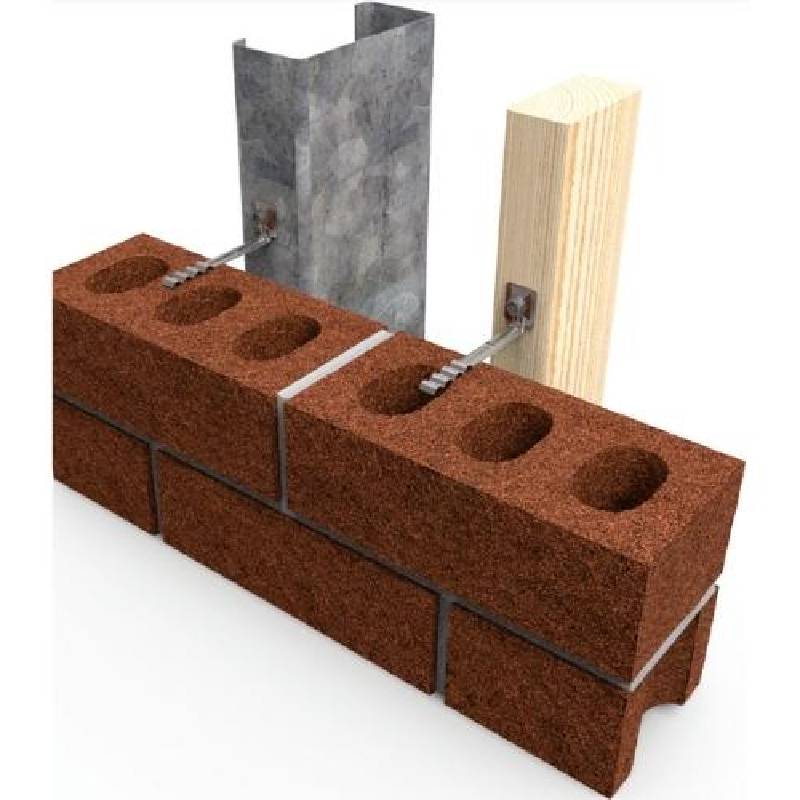
- Mobile Phone
- +8613931874955
- sales@cntcmetal.com
Exploring the Benefits and Applications of Soft Coil Springs in Various Industries
Understanding Soft Coil Springs An Essential Component in Modern Engineering
Coil springs are ubiquitous in various applications ranging from automotive to industrial machinery. Among the different types of coil springs, soft coil springs play a crucial role in providing support, cushioning, and flexibility. This article delves into the characteristics, applications, and advantages of soft coil springs, highlighting their importance in modern engineering.
Characteristics of Soft Coil Springs
Soft coil springs are designed with a relatively low spring constant, meaning they can compress and extend more easily compared to their stiffer counterparts. This property makes them ideal for applications where gentle support and flexibility are needed. Typically made from materials like stainless steel or carbon steel, these springs are wound in a helical shape and can vary in diameter, length, and coil spacing, depending on the specific application they are intended for.
One of the most important aspects of soft coil springs is their ability to absorb shock and reduce vibrations. When installed in machinery or vehicles, they can effectively dampen the force transmitted through the components, leading to improved stability and comfort. This characteristic is particularly beneficial in applications where horizontal or vertical movement occurs, such as in vehicles or industrial equipment.
Applications of Soft Coil Springs
The versatility of soft coil springs makes them suitable for a wide range of applications. In the automotive industry, soft coil springs are commonly found in suspension systems, where they help absorb bumps in the road, enhance ride quality, and maintain vehicle control. They often work in conjunction with shock absorbers to provide the best possible comfort and handling.
In the realm of manufacturing, soft coil springs are used in conveyor systems, where they provide support to moving parts and help in maintaining alignment. Their ability to absorb shock is particularly useful in reducing wear and tear on machinery, ultimately prolonging the lifespan of products and equipment.
soft coil springs

Moreover, soft coil springs play a vital role in the design of various consumer products, such as mattresses, office chairs, and appliances. They contribute to ergonomic designs by providing comfort and support, allowing users to sit or lie down for extended periods without discomfort.
Advantages of Soft Coil Springs
One of the primary advantages of soft coil springs is their ability to conform to the load conditions, providing necessary support while minimizing stress on components. This adaptability can significantly lower the risk of mechanical failure in systems that experience variable loads and impacts.
Furthermore, their simplicity in design allows for ease of manufacturing and cost-effectiveness. Soft coil springs can be produced in large quantities with relatively low material and production costs, making them an economically viable option for various industries.
Another advantage is their lightweight nature. Soft coil springs are generally lighter than many other suspension options, contributing to overall weight reduction in vehicles and equipment. This can lead to improved fuel efficiency in cars and lower energy consumption in industrial machinery.
Conclusion
In summary, soft coil springs are an essential component in a multitude of engineering applications. Their unique characteristics, such as flexibility and shock absorption, make them invaluable in enhancing comfort, safety, and performance in various products and systems. As technology advances and industries continue to evolve, the role of soft coil springs is expected to grow, highlighting the necessity of understanding their applications and advantages in modern engineering solutions. Whether in vehicles, machinery, or consumer products, soft coil springs will undoubtedly remain a crucial element in the design of effective and efficient systems.
share:
-
Wall Ties for Concrete: Invisible Guardians of Building Structural StabilityNewsAug.08,2025
-
Timber Frame Wall Ties: Stable Bonds for Load TransmissionNewsAug.08,2025
-
Stainless Steel Woven Wire Mesh: A versatile material from boundary protection to functional supportNewsAug.08,2025
-
Powder Coat Coil Springs: Creating peace of mind and reliability with sturdy protectionNewsAug.08,2025
-
Floor Standing Sign Holder: A Powerful Assistant for Flexible DisplayNewsAug.08,2025
-
Binding Iron Wire: An Invisible Bond for Building StabilityNewsAug.08,2025
-
Yard Sign Stakes: Reliable Guardians of Outdoor SignsNewsAug.04,2025
